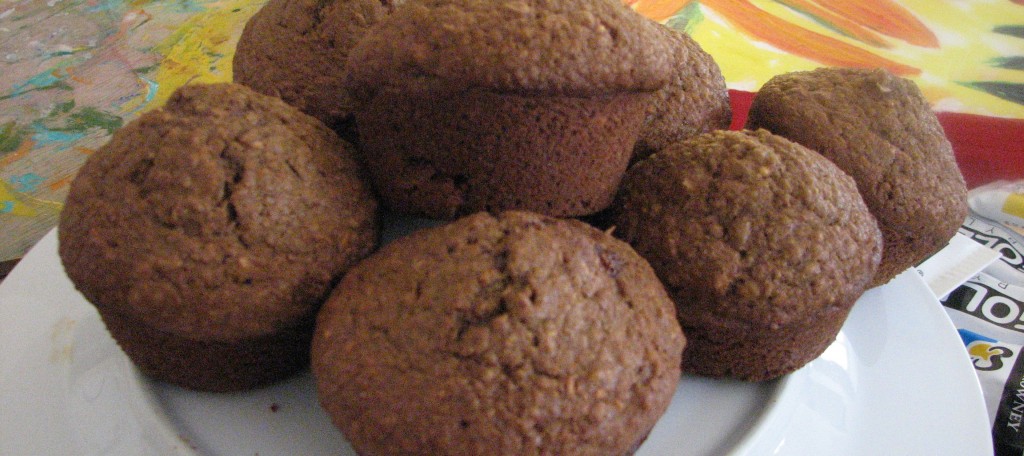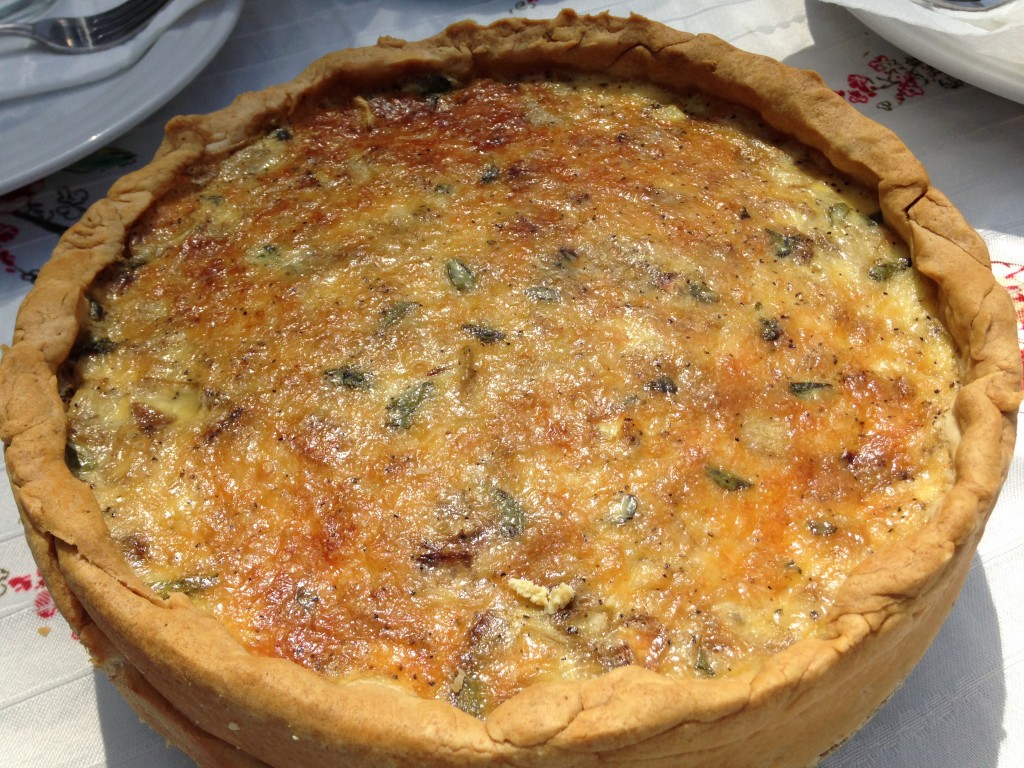For this class you can begin by teaching about protein. You could dry toast some nuts to put in the salad for a protein source or grill some chicken or salmon or other fish. Carbohydrates and fats/lipids can be taught while they’re eating their salad.
Macronutrients:
Macro means large and nutrients are needed for your body’s survival. There are three macronutrients: proteins, carbohydrates and fats.
Protein
Protein is from the Greek word, ‘proto’ meaning first or of first quality. Protein is an umbrella word for the twenty-two organic amino acids, of which thirteen are non essential to our diet, meaning our body can synthesize them. The other nine are essential amino acids meaning it is essential that we obtain them from our diet.
Proteins build and maintain our body tissues, help produce antibodies, enzymes and hormones such as insulin. Protein is the primary component of muscles, skin, nails, hair and internal organs, especially the heart. Each gram of protein releases four calories or units of heat or energy for the body. Your intake of protein should be approximately 25% of your daily caloric intake.
The average woman needs fifty to sixty grams of protein a day and the average man needs sixty to seventy grams of protein a day. These are very general, as lactating women need additional protein, as just one example. For children the Recommended Daily Allowance (RDA) for protein is based on body weight and included age-related adjustments. Multiply your child’s weight in pounds by the number of grams of protein needed per pound of body weight to calculate their daily protein requirements.
Ages 1 to 3 – 0.81 grams (child’s weight in pounds x 0.81 = daily grams of protein)
Ages 4 to 6 – 0.68 grams
Ages 7 to 10 – 0.55 grams
Sources of protein are fish, meat, poultry, tofu and eggs, which are complete proteins, meaning they have all the essential amino acids. You can combine various ingredients so as to have a complete protein: rice and beans, grains and legumes, and nuts or seeds with dairy.
Carbohydrates
Carbohydrates are easily converted to glucose, the body’s main fuel source. Carbohydrates are needed for fat metabolism and to regulate protein. There are simple carbohydrates that have one or two connected sugar molecules and are found in candy, refined foods such as white bread, and many processed foods. Complex carbohydrates have three or more sugar molecules and can be found in whole grains and vegetables.
Dietary fiber passes through the digestive tract almost completely unchanged, helping it to run smoothly and encouraging proper elimination of waste products. There is soluble
and insoluble fiber. Soluble fiber dissolves easily in water and takes on a soft, gel-like texture in the intestines. Insoluble fiber, found in seeds and the cell walls in fruits, vegetables and cereal grains, passes essentially unchanged through the intestines. Dietary fiber is an important determinant of health.
Each gram of carbohydrates releases four grams calories or units of heat for the body. Approximately fifty percent of one’s daily caloric intake should be from complex carbohydrates. Foods rich in carbohydrates include, dried peas and beans, rice, fruits, and vegetables. Many of these foods contain both starch and fiber.
Fats or Lipids
Fat molecules are a rich source of energy for the body. Fats are necessary for the smooth running of our gastrointestinal system, for the absorption of fat-soluble vitamins A, D, E and K, and to provide energy reserves and regulation of body temperature. Fats are necessary for growth, healing, healthy skin, reproduction and nervous system functioning.
Essential fatty acids (EFA) are fats that our bodies cannot synthesize and therefore it is essential we consume them in our food. It is important to maintain an appropriate balance between the essential fatty acids: Omega-3 (alpha-linolenic acid) and Omega-6’s (alpha-linoleic acid.) Ideally the ratio would be 1:1, but no more than 4 times as many Omega 6’s to Omega 3’s.
Each gram of fats releases nine calories or units of heat or energy for the body. Your intake of healthy fats should be twenty five percent of your daily calories.
Sources of healthy fats are cold-water fish, walnuts, flax oil and seeds, eggs, pumpkin seeds, purslane, olive oil and macadamia nut oil.
Fats to Avoid:
These are unnatural fats or damaged fats; “trans-fats” is another name, and your body can not process them. Watch for the term hydrogenated-fats found in processed foods, margarine and most shortening. Also avoid non-dairy creamers, imitation mayonnaise or sour cream, deep fat-fried foods, pressurized whipped cream, many sandwich spreads, and rancid fats.
Cooking Tips:
Never heat flax oil.
Never smoke fat or use a very high heat on fats; you will create a damaged fat.
Mustard Vinaigrette
1 teaspoon Dijon mustard
2 tablespoons shallots, minced
2 cloves garlic, minced
1 lemon, juiced
3/4 cup olive oil, can also use flax oil
In a jar, place mustard, chopped shallots, chopped garlic, and lemon juice. Mix with a spoon, then slowly pour in olive oil and shake.
If you are a purest, then place the mustard, shallots, garlic and lemon in a bowl and slowly whisk in the olive or flax oil. If not, throw it in a jar and shake.
Variation: Add 1 tablespoon of honey for a Honey-Mustard Vinaigrette




